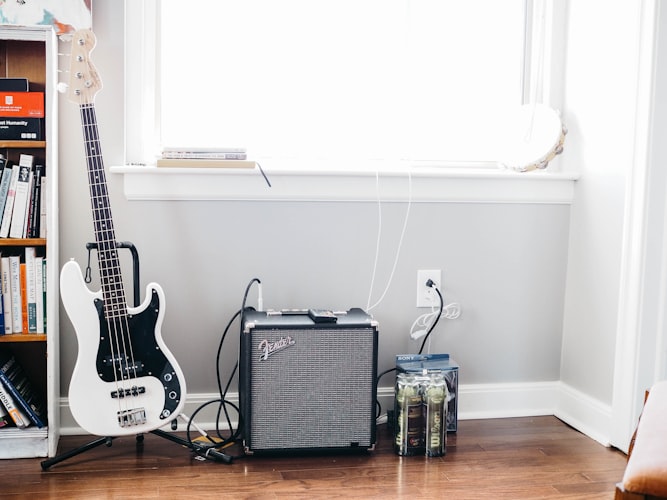Whether you’re looking for extra cash to purchase a property, or could do with a few thousand dollars to pay off your existing mortgage, the average Aussie household could make nearly $6,000 from selling their pre-loved items.
Turns out we’re a bunch of hoarders that’d make the Kerrigans blush, according to the 2020 Gumtree Second Hand Economy Report.
More than 85% of us have unwanted items collecting dust that we could sell on second-hand trading platforms.
Just how much you ask? The average Aussie household has 19 items, worth approx $5,800, scattered around their home that they should probably sell
That’s a $500 increase per household from this time last year.
Tell him he’s dreamin!
When was the last time you used the old exercise bike, or wore half the clothes in your wardrobe
Need some more inspiration for your big spring clean? Here are the most common pre-loved items households can sell:
Clothing, shoes and accessories: 53% (of households)
Books: 45%
Music, DVDs or CDs: 44%
Electronic goods (including phones, PC’s): 41%
Games and toys: 35%
Home decor/furniture: 28%
Tools/gardening/DIY items: 21%
Appliances: 20%
Kitchen/dining items: 17%
Chairs: 17%
Lamps: 15%
Covid-19 isn’t deterring buyers or sellers
Quite the opposite.
42% of Australians surveyed in the report say they’re more likely to sell items through the second-hand economy now than before the pandemic.
That’s likely because 63% say they’re concerned about their ability to pay household expenses such as their mortgage and power bills
Tips to practice COVID-19 safe trading if your buying or selling:
– scheduling a video inspection of an item where possible
– wearing a mask and washing your hands before and after meeting in person
– cleaning items before using (and asking the seller to do the same before purchase)
– consider contactless delivery via a courier service
What would you do with that extra cash?

